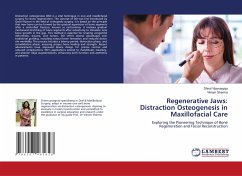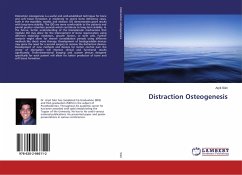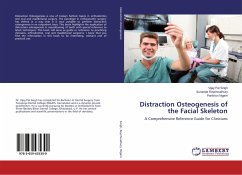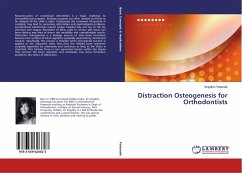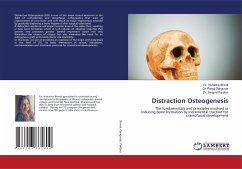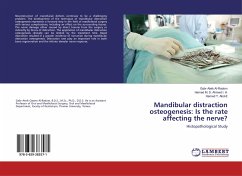Distraction osteogenesis (DO) is a vital technique in oral and maxillofacial surgery for bone regeneration. The concept of DO was first introduced by Gavriil Ilizarov in the field of orthopedic surgery. It is based on the principle that new bone can be formed by the gradual separation of bone segments after a controlled fracture, known as corticotomy. It involves gradual mechanical stretching of bone segments after osteotomy to stimulate new bone growth in the gap. This method is essential for treating congenital deformities, trauma, and tumors. DO offers several advantages over traditional grafting, including natural bone formation and reduced donor site morbidity. The process includes a latency period, distraction phase, and consolidation phase, ensuring proper bone healing and strength. Recent advancements have improved device design for precise control and reduced complications. DO's applications extend to mandibular, maxillary, and alveolar ridge augmentations, enhancing both function and aesthetics in patients.

